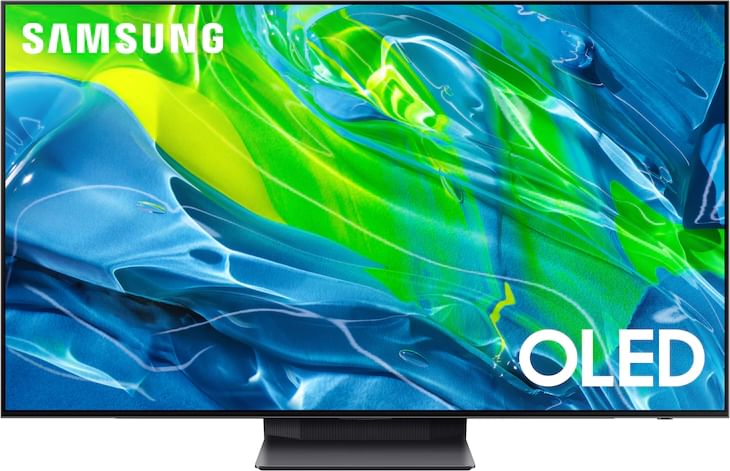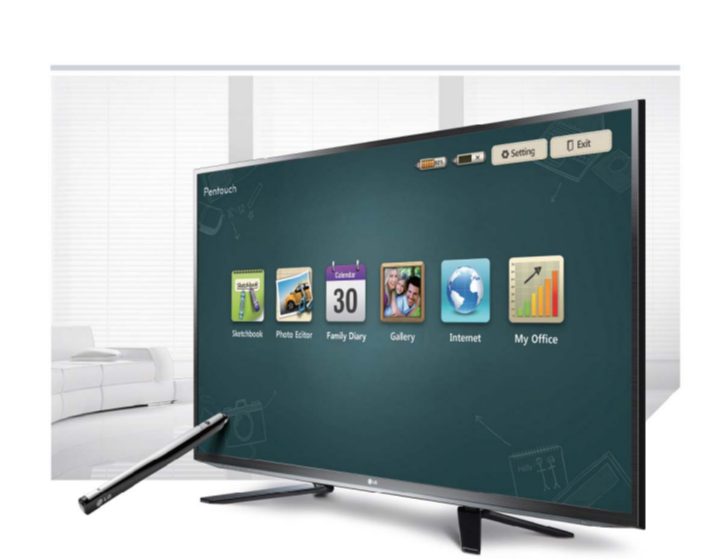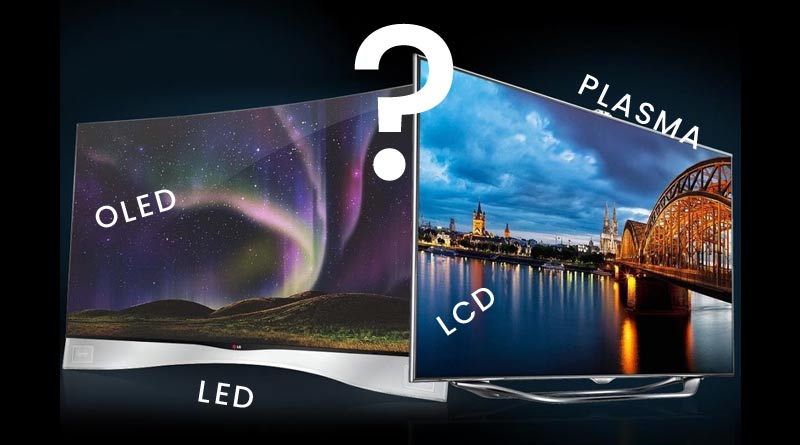Embarking on the journey of choosing a television can feel like navigating a maze of technical terms—LCD, LED, OLED, and Plasma. These acronyms represent distinct technologies that govern how our screens bring images to life. In simpler terms, it’s like choosing the magic behind the pictures on your TV. LCDs and LEDs are like artists painting vivid images with a palette of colors. OLEDs, on the other hand, are like wizards, making each pixel glow independently for mesmerizing visuals. Then there’s Plasma, an older artist with a dynamic color palette, though fading from the scene.
Understanding these technologies helps you pick a TV that aligns with your preferences and budget. It’s not just about getting a device; it’s about bringing the right magic into your living room. So, let’s demystify these TV technologies, making the maze a little less confusing and helping you choose the enchantment that suits you best.
LCD TVs (Liquid Crystal Display)

“Starting our exploration with LCD technology, these TVs deploy a layer of liquid crystals sandwiched between two glass panels,” explained Dr. Samantha Patel, a display technology specialist at VisualTech Solutions. “When an electric current passes through these crystals, they manipulate the light to create images. LCDs are known for their cost-effectiveness and vibrant color reproduction. However, their reliance on external light sources can impact contrast ratios.”
LED TVs (Light Emitting Diode)

Think of LED TVs as the workhorses of the TV world. They offer a powerful upgrade over traditional LCDs without breaking the bank. Here’s the winning formula:
- Ditching the Backlight: Unlike older LCDs, LEDs don’t rely on a big, bulky backlight. Instead, they use tiny LEDs positioned strategically behind the screen.
- Precision Power: These little LEDs allow for super-precise control over different areas of the picture. This translates to deeper blacks, brighter whites, and sharper overall contrast.
- Energy All-Star: An added bonus? LED TVs are much more energy-efficient than their backlight-loving predecessors. Kind to the environment and your wallet!
OLED TVs (Organic Light Emitting Diode)

Step into the world of OLED TVs, where the picture quality is like nothing you’ve seen before. Here’s the secret sauce:
- Pixels on Fire: Unlike LCD TVs that rely on backlights, OLED TVs use special organic light-emitting materials. When a current is zapped through these materials, they light up like tiny pixels on fire!
- Black Like the Night Sky: Because each pixel creates its own light, OLED TVs can achieve perfect blacks. Imagine a night sky so dark you can see every star – that’s the kind of contrast OLED delivers.
- Colors That Pop: Get ready for a visual explosion! OLED TVs produce vibrant, realistic colors that make you feel like you’re part of the action.
Plasma TVs

Remember those big, beautiful plasma TVs? They used to be the top dog, known for their:
- Stunning Colors: Plasma TVs delivered incredibly accurate colors, making everything on screen look super realistic.
- Wide Viewing Angles: No matter where you sat in the room, the picture quality remained perfect.
Unfortunately, plasma TVs had some downsides:
- Heavyweights: They were much heavier and bulkier than today’s TVs.
- Energy Guzzlers: Watching plasma TVs could suck up a lot of energy, not great for your wallet or the environment.
The Difference Between LCD, LED, OLED and Plasma TVs.
| Consideration | LCD (Liquid Crystal Display) | LED (Light Emitting Diode) | OLED (Organic Light Emitting Diode) | Plasma |
|---|---|---|---|---|
| Picture Quality | Good color reproduction but may lack contrast compared to others. | Improved contrast and vibrant colors due to direct LED backlighting. | Unparalleled picture quality with true blacks, infinite contrast, and vibrant colors. | Excellent color accuracy and wide viewing angles. |
| Energy Efficiency | Generally energy-efficient, especially in LED models. | Energy-efficient due to the use of LED backlighting. | Less energy-efficient compared to others due to the nature of organic compounds. | Less energy-efficient compared to LCD and LED. |
| Cost | Cost-effective with good quality. | Affordable with a balance between performance and cost. | Higher cost due to premium picture quality. | Prices varied during its time but generally affordable. |
| Viewing Angles | Good viewing angles but may experience color shifts at extreme angles. | Good viewing angles with consistent color accuracy. | Excellent viewing angles with consistent colors. | Excellent viewing angles with consistent color accuracy. |
| Thickness and Weight | Slim and lightweight. | Slim and lightweight. | Slimmer compared to LCD/LED models. | Heavier compared to LCD and LED. |
Understanding these considerations helps in making an informed decision based on individual preferences and needs. LCD and LED TVs are reliable and cost-effective, OLEDs provide premium quality at a higher cost, and Plasma, while once popular, has become less common due to weight and energy efficiency concerns.
As technology continues to advance, the magic behind these screens evolves, promising even more enchanting spectacles in the future. So, choose wisely, sit back, and let your chosen TV technology paint the perfect picture for your entertainment journey. For more such posts please visit our Technology section.




